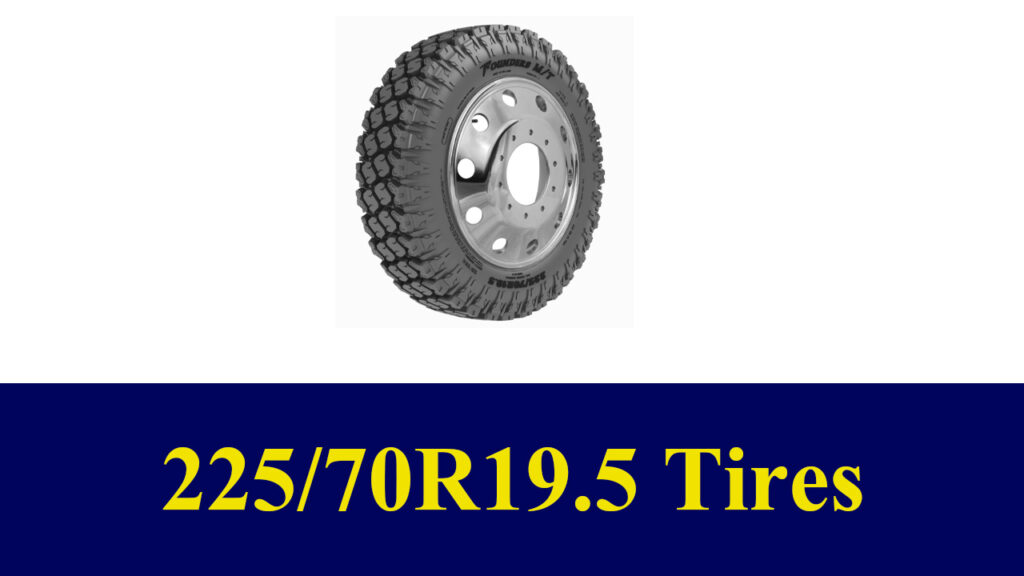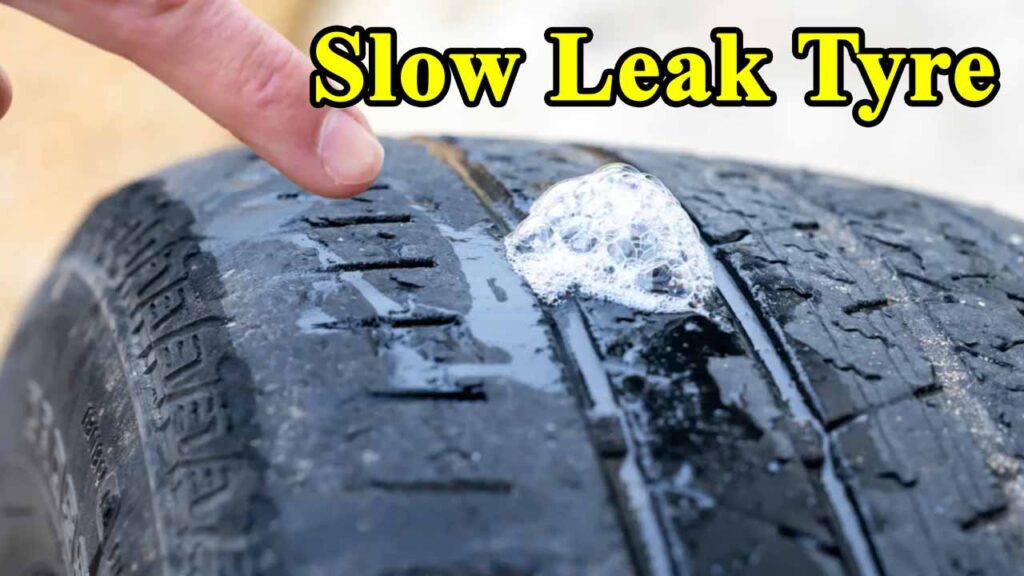Are you a commercial vehicle operator, a fleet manager, or a heavy-duty truck enthusiast trying to figure out your next tire purchase? The world of commercial tires can be complex, but one size consistently stands out for its versatility and durability: the 225/70R19.5. This tire size isn’t just a random set of numbers; it’s a specific engineering solution designed to meet the rigorous demands of medium-duty trucks, RVs, and commercial vehicles. Let’s peel back the layers and understand why this tire size is a workhorse in the commercial transportation industry.
Understanding the Code: Decoding 225/70R19.5
Before we get into the nitty-gritty, let’s break down what those numbers and letters actually mean. It’s like a secret code that tells you everything you need to know about the tire’s dimensions and construction.
- 225: This is the tire’s width in millimeters. At 225mm, or roughly 8.86 inches, it’s a relatively narrow commercial tire, which can be an advantage for certain applications.
- 70: This is the aspect ratio, or the height of the sidewall as a percentage of the tire’s width. In this case, the sidewall height is 70% of 225mm. A higher aspect ratio means a taller sidewall, which can contribute to a more comfortable ride.
- R: This stands for radial construction. Almost all modern tires use this method, where the internal plies are arranged radially—or perpendicular—to the direction of travel. Radial tires are known for their longevity and fuel efficiency.
- 19.5: This is the diameter of the wheel it’s designed to fit, measured in inches. The “5” in 19.5 is crucial. Unlike the standard 19-inch wheel, the 19.5-inch diameter is specific to commercial tires and is a key identifier that it’s designed for heavy-duty use, not a standard passenger vehicle.
How Long Do Tires Last? A Deep Dive into Tire Lifespan
Why 225/70R19.5 Tires Are a Commercial Vehicle Staple
The popularity of the 225/70R19.5 isn’t by accident. It’s a direct result of its unique combination of features that address the pain points of commercial vehicle operation.
1. Durability and Load Capacity: These tires are built tough. With a deep tread and reinforced sidewalls, they’re engineered to handle significant weight. Most 225/70R19.5 tires come with a high load index, often exceeding 3,900 lbs per tire in a dual-tire configuration. This makes them ideal for applications like delivery trucks, box trucks, and Class A RVs. My personal experience with a fleet of delivery vehicles taught me that a tire that can withstand constant stop-and-go driving and varying loads is worth its weight in gold, and the 225/70R19.5 consistently delivered.
2. Versatility Across Applications: From medium-duty freight trucks to municipal buses and motorhomes, this tire size offers remarkable flexibility. Its balanced design provides a good compromise between a stable ride and manageable handling, making it suitable for both highway cruising and urban navigation. Whether you’re hauling goods across the country or just making local deliveries, this tire size is a reliable choice.
3. Fuel Efficiency: The radial construction and relatively narrow profile of the 225/70R19.5 contribute to a lower rolling resistance compared to many wider tires. This translates to better fuel economy over the long haul. In the commercial world, where every penny counts, even a small improvement in fuel efficiency can lead to substantial savings for a fleet.
OLA S1 X: Affordable Electric Scooter Blends Power, Style, and Practicality at ₹89,999
4. Longevity and Retreadability: These aren’t disposable tires. The robust casings are designed for long-term use and, importantly, are built to be retreaded. Retreading is the process of replacing the worn-out tread with new material, giving the tire a second or even third life. This significantly reduces the total cost of ownership and is a key factor for any cost-conscious fleet manager. A well-maintained 225/70R19.5 can provide hundreds of thousands of miles of service over its lifetime.
Choosing the Right 225/70R19.5 Tire: Key Considerations
Not all 225/70R19.5 tires are created equal. The specific needs of your vehicle and operation should guide your decision.
- Tread Pattern: The tread design is crucial. A rib or steer tire pattern is great for highway driving, as it provides a smooth ride and excellent water evacuation. A more aggressive lug pattern is better for drive axles, offering superior traction, especially in less-than-ideal conditions. For multi-purpose use, a block or all-position tread pattern might be a good compromise.
- Load Range and Ply Rating: Pay close attention to the load range (e.g., G, H, J) and ply rating. These indicate the tire’s maximum load-carrying capacity and durability. Always match the tire’s specifications to the gross vehicle weight rating (GVWR) of your truck.
- Brand Reputation: Stick to reputable brands with a proven track record. Companies like Michelin, Goodyear, Bridgestone, and Hankook are known for their quality and offer a wide range of tires in this size.
Conclusion: The Unsung Hero of Commercial Tires
The 225/70R19.5 tire may not be the flashiest on the market, but it’s a true workhorse. It embodies the core principles of commercial tire design: durability, efficiency, and longevity. For anyone in the business of keeping commercial vehicles moving, understanding the value and versatility of this tire size is a must. By choosing the right 225/70R19.5 for your specific application, you’re not just buying a tire—you’re investing in the performance, safety, and long-term profitability of your operation.
Disclaimer: This article is for informational purposes only. Always consult a professional tire specialist or a qualified mechanic for specific recommendations based on your vehicle’s requirements and local regulations.




